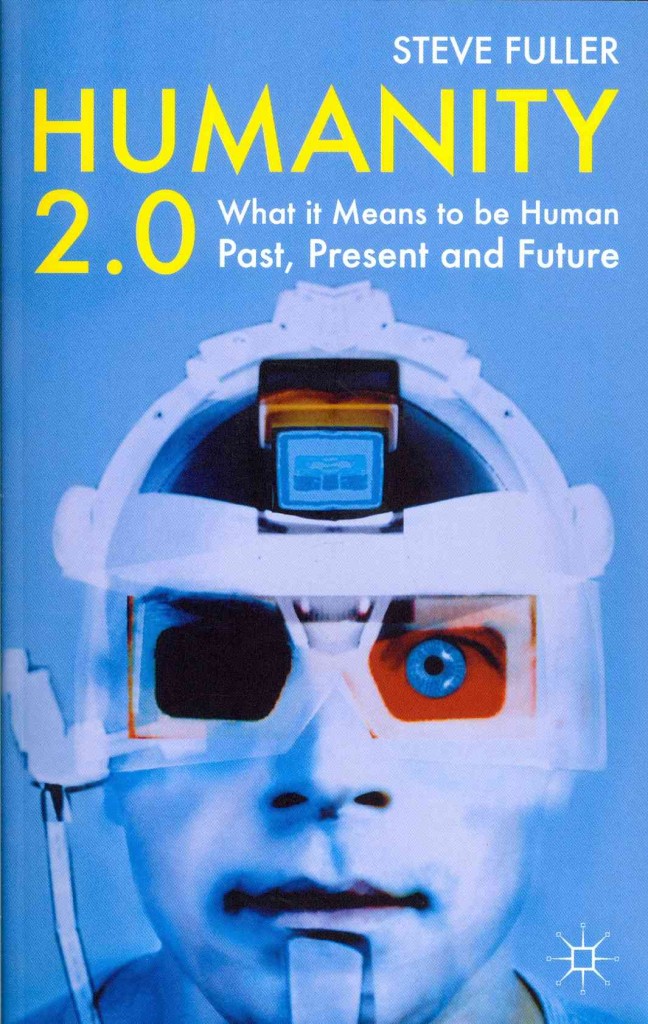We believe that we are moving towards a future in which our technologies devices and urban infrastructure will become more adapted to the human body of the user. No longer will there be static object and us, biology and technology is being to merge. We are already seeing that contemporary scientists all over the world are working on a collective project, which is referred to as the: Human Body 2.0.

The aim of this project is to improve the human body (health) by technological enhancements, using living systems that working collaboration with our body. We are moving away from an era where we incorporate static implants – such as metal for example for bone/ joints. Now scientists are working on how we can print organs that can be customised for the host. This applies to all of the ‘replaceable’ parts of the human body, anything from bone, to skin-reconstruction to bio-printing solid organs.
From the beginning of human history, people have used technology to enhance the human experience and extend the abilities of our bodies. The overarching aim of technology is to improve human lives. The past generations of the human relationship with regards to nature and technology, has been for humans to manipulate and ‘conquer’ their environment for their own benefit.
The evolution of the human body has been always been closely linked to their relationship with ‘wearable’. Humans began wearing clothing around 170,000 years ago in Africa. This was 70,000years before humans began loosing their body hair. The clothing enabled people to cope with colder climates, and the migrations out of Africa began. In more recent times, people have used other man-made devices to assist our human physical abilities, such as wristwatches and eye-glasses. Each of these devices were a result of the technology available at the time of their invention.
Natural resources have been harvested and exploited for people’s use or consumption, (perhaps without an understanding of the natural systems involved.) Now designers and inventors alike are beginning to take a new approach on how to work with new technologies and materials. We are undergoing a paradigm shift, where we are engaging in a more collaborative and symbiotic relationship with biology and technology. The skin is the new site. This presents new challenges for the architect of the future. We will need to incorporate living materials into our urban environment, as well as dynamic systems that respond in real-time to the user. It is no longer an ‘advanced’ architectural solution to only incorporate mechanical systems to control the climatic environment.
In all developed and developing countries technology is now apart of our daily lives. From the moment we are woken by our alarm clocks, use toasters to heat our breakfast, take the metro to work, communicate with work and family over the internet, and swipe cards to access our buildings and finances. Our modern lives are rarely “unplugged” anymore. As shown in the beginning of the Paleolithic Era, by the usage of tools, man can stop being a victim of the world to become an active element, who has the power of action over nature.
Digital Logics – What is Advanced Architecture? is a project of IaaC, Institute for Advanced Architecture of Catalonia developed at Master of Advanced Architecture in 2015/16 by:
Students:
- Thora H Arnardottir (Website)
- Jessica Dias
- Noor El-Gewely
Faculty:
- Maite Bravo